By 2019, the topic of online marketplaces has become very hot. E-commerce giants like Amazon, eBay, and Airbnb have proven that this business is becoming more profitable year by year. As proof, below is the chart of eBay's annual net revenue which shows the large growth from $8.2 to $10.7 trillion US dollars within 5 years.
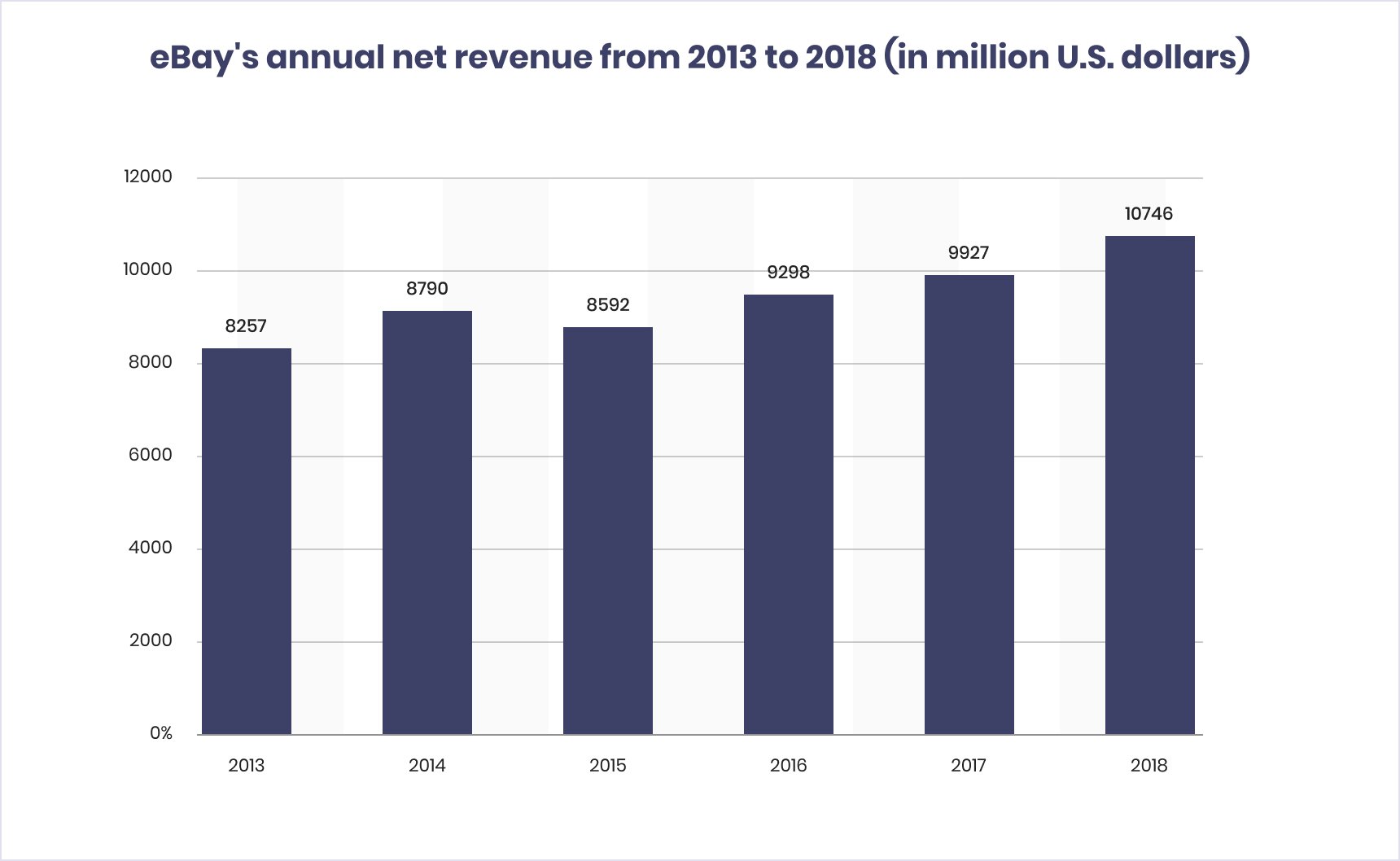
Source: Statista
In the near future, we are waiting for an increase in the number of e-commerce platforms. So, there is no better time to build an online marketplace.
You may think that creating an e-commerce platform is a costly project, and it’s true. However, there are ways to save resources. In this article, we will share our advice on how to reduce the cost of building a marketplace website.
1. Narrow your focus
With limited costs, it is a good idea to start your online business by creating a vertical marketplace. It is a marketing strategy that helps concentrate on one or a few specific niches or areas. Still, this model is not only about the narrow focus on a particular product category.
The core of vertical online marketplaces is to deliver the best user experience to a small audience. Narrowing your target users, you can bring greater value with the same or even lower expenses. That is the reason we highly recommend you to start an online project with the only niche.
Jeff Fluhr, General Partner at Craft Ventures, believes that “some of the most interesting opportunities in the next five years will be in vertical service marketplaces.”
For instance, Etsy, one of the biggest online marketplaces, serves as one of the most successful examples of this model. The e-commerce platform concentrates on handcrafted and vintage items. Thus, it shows that it is easier to control a single market branch than to build a solution for several sectors.
Afterward, as the business scales, you can extend your focus and sell items from a greater variety of categories, and maybe become a one-stop-shop like Amazon or eBay someday.
You may also like: How to Start Your Own Online Service Marketplace.
2. Build an MVP first
Minimum viable product is a first step for developing a software product.
Why is an MVP important?
Firstly, creating a minimum viable product allows you to start your e-commerce platform as soon as possible. Secondly, with the audience feedback, the strategy helps understand whether to continue your product creation. Thus, you test the product before committing a large budget to the full-featured online marketplace development.
Jim Johnson, the CEO of The Standish Group, presented a research chart showing that 45% of application functionality is never used. So, there is no reason to spend time developing unnecessary features, it is better to concentrate on the functionality of high value for end-users.
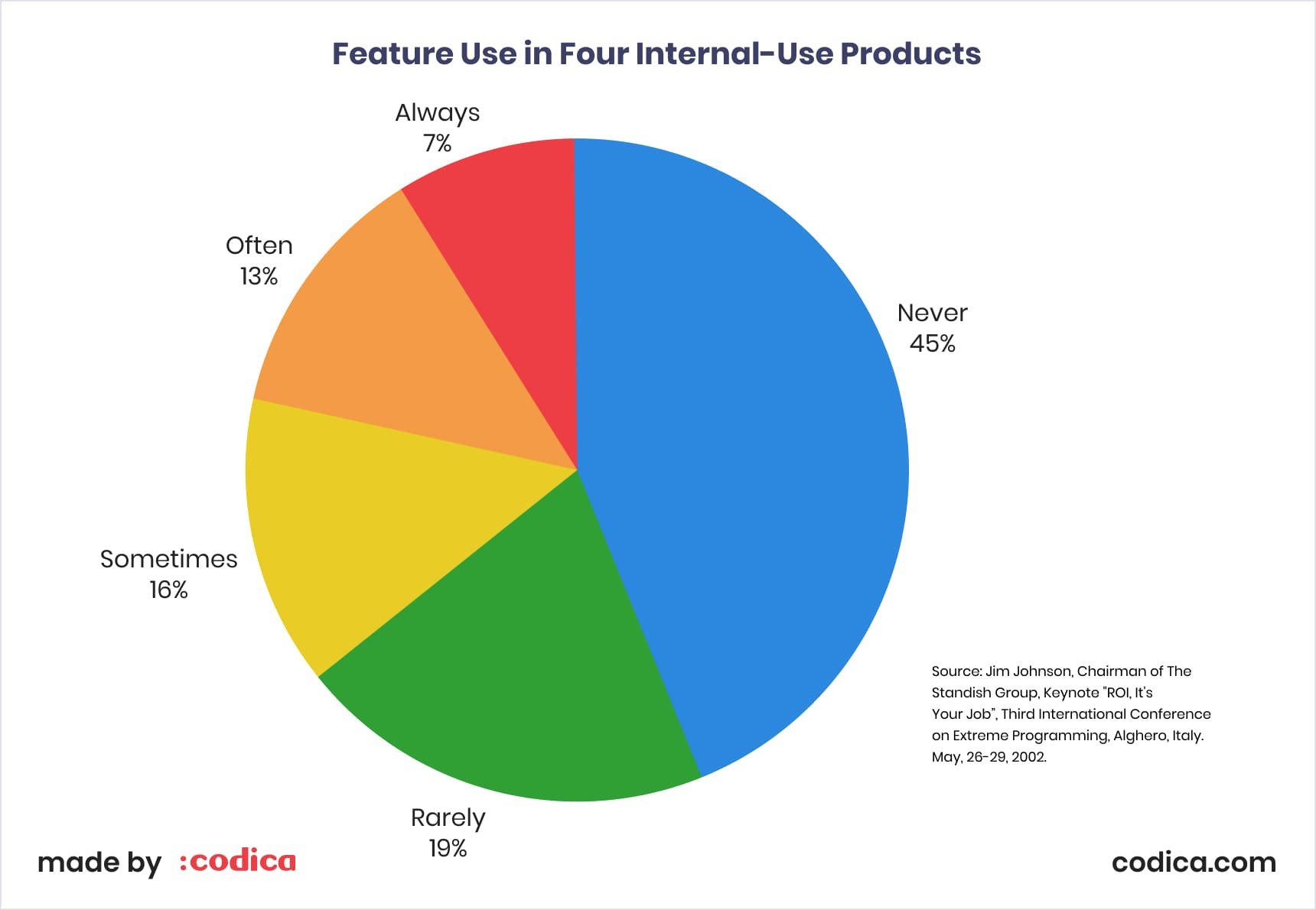
Focusing on the main features of your marketplace website, a minimum viable product is not only about reducing costs. With the approach, you can save effort when initiating the project. At this stage, do not try to build an ideal platform. Your primary aim is to implement the major features and get feedback from potential users.
So, what is the minimum viable product checklist for your future e-commerce product?
- Shopping cart
Shopping cart is the core functionality for every online marketplace. It can become a powerful tool for increasing trust in your platform. Provide buyers with the possibility to purchase multiple items at once, change their amount, choose payment options.
- Registration
Make the registration process simple and intuitive. For example, logging in with their Google or Facebook accounts will save customers the day.
- Secure authorization
With this feature integrated, you make customers’ purchasing experience safe by protecting their personal data. Besides, thanks to this option, users can log into their accounts quickly.
- Personal profile
The feature is a must for both vendors and buyers, as it contains all the necessary information. The buyer’s account contains their personal data—from contact details to gift cards and wish lists. With their individual profiles, suppliers can manage product listings in their stores, namely adding and removing items, editing their descriptions, customizing shipping methods, etc.
- Administration panel
Administrators or marketplace owners manage the entire shopping flow, including the possibility to add and remove users, setting up filters, categories, payment gateways, and shipping options.
- Autocomplete search box
With this feature implemented, your customers can navigate and find the desired item in the marketplace with no effort, thus saving their time.
- Product page
A product page is about high-quality photos and videos of each item along with detailed descriptions that help users make purchase decisions.
- Payment methods
Do not limit users with one way to pay for the item needed. Let them purchase in the securest and most convenient way.
- Ratings and reviews
The review system will make your e-commerce platform more reliable and trusted. Buyers will make a purchase more likely if they know that other users have already tried this item. Thanks to this feature, users can find out if the desired item fits its description and photos. Besides, you can provide customers with ratings and reviews of suppliers. With this option, buyers will see if sellers are reliable and ship goods on time, etc.
- Messaging system
Give your buyers the possibility to communicate with suppliers to find out the details they are interested in, thus allowing them to solve any issues faster.
To sum up, your marketplace MVP should contain only the core functionality to test the idea with the help of your customers. In the long run, it increases the opportunity that they will share their experience with friends, thus spreading your marketplace outward.
Recommended reading: How to Create a Multi-Vendor Marketplace Website.
3. Choose the right approach to build a marketplace
The next way to reduce costs is to choose the right platform to run your online marketplace. There are two approaches used to develop an e-commerce platform. Let’s take a closer look at them.
Out-of-the-box solutions
Off-the-shelf platforms are ready-made products with full functionality to deliver. Off-the-shelf software may become your magic wand if you want to build a marketplace as soon as possible. When you opt for a generic solution, the initial cost will be lower if compared to custom software.
Still, it should be mentioned that the approach has its drawbacks. One of the biggest ones is that you buy a platform with features you may never apply. The other disadvantage is that the approach is usually based on a subscription model. In the long run, it means that further updates and support services will include extra expenses, making the total cost of ownership higher.
Custom software
Custom or bespoke software development is the process of building and supporting a solution specific to your business requirements and parameters. The approach is often used to create projects with peculiar demands, such as online marketplaces, financial and banking products, etc.
Along with the other advantages, the cost of custom software development is lower in the long run. With custom software, there is no need to buy a ready-made platform with the functionality you will never use.
Still, there is one important thing to keep in mind. Building tailored software may take some time, as it is created exclusively concerning the demands of your enterprise.
If you are looking for long-lasting benefits for your online marketplace business, we recommend making a choice in favour of a bespoke solution, as it meets your exact needs, saves costs, and is fully customizable.
Related reading: 7 Reasons to Use Ruby on Rails for Your Startup.
4. Select the right project management method
The software development industry is changing rapidly, offering new opportunities and methods that help reduce costs and efforts at different stages of project creation.
When developing software, you can choose between two main approaches. These are the traditional or waterfall method and agile project management methodology. Both of them have their advantages and disadvantages.
However, speaking about costs reducing, the agile approach is surely the best one, especially when it goes about startups.
The following chart shows the key principles of agile software development. One of the main advantages is the fixed time and resources, while the features can be changed.
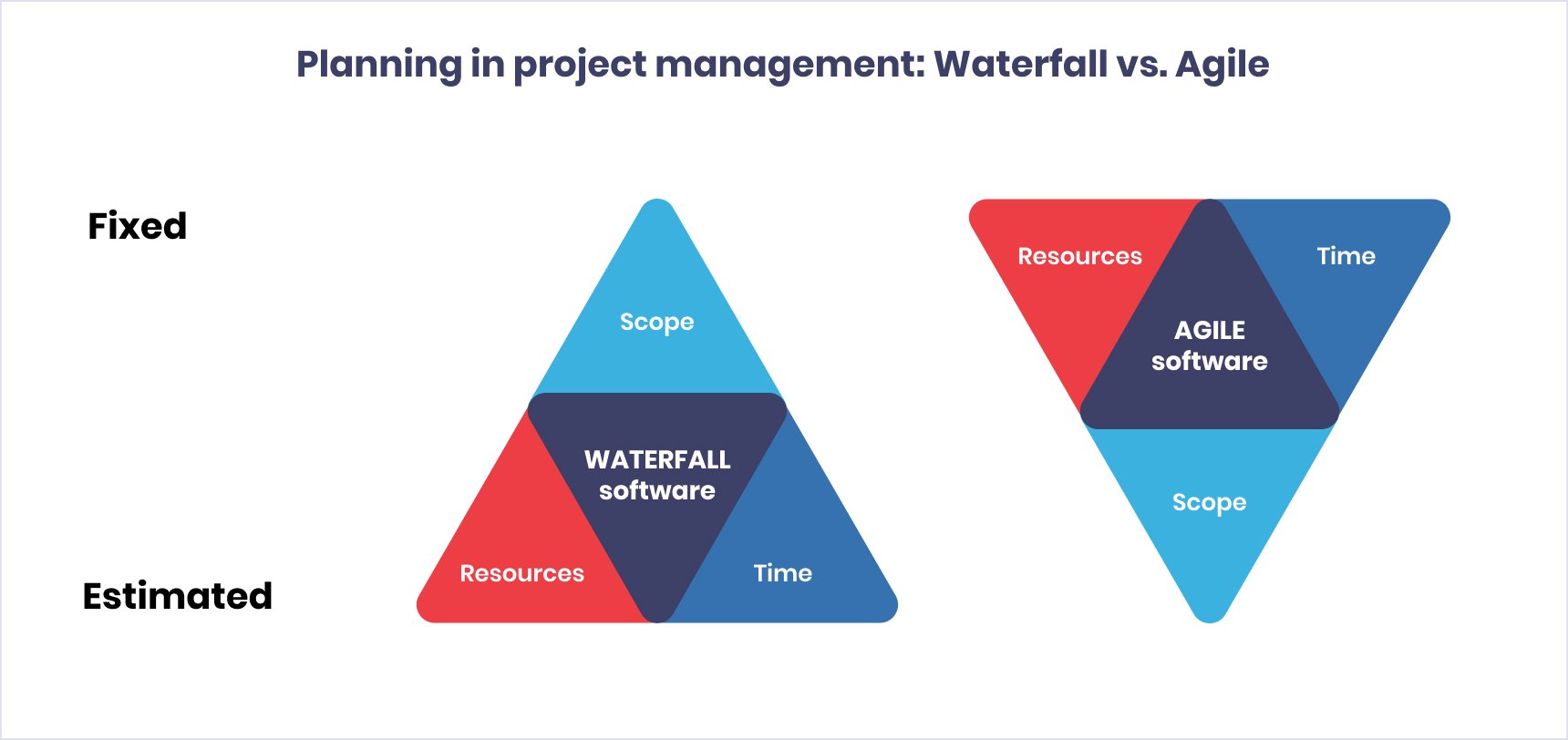
Why does the agile approach fit your starting online marketplace best? Firstly, you can estimate the cost of each feature that will be implemented.
Secondly, thanks to the immediate feedback from the QA team and your end-users, you can improve any existing functionality or add a new one quickly. In case there is no need to implement a feature considered necessary earlier, you can easily remove it from the product. Thus, making alterations with the agile approach is less bulky and costly, compared to the waterfall project development method.
Thanks to its flexibility, the agile management method is convenient for creating an MVP, as it helps to concentrate on the most valuable features.
At Codica, we believe that with the agile methodology, you can build an online marketplace with reduced costs at any stage of the development process, save your time, and have space for experiments.
In a true waterfall model, each stage finishes before the next one starts. It means that working software is produced only at the end of the development process. Thus, the approach misses valuable users’ feedback during the ongoing phase.
As the outcome, the client can be dissatisfied with the product delivered and may ask for alterations. However, in different cases, the changes are difficult to implement and lead to extra expenses.
Still, the waterfall approach is more suitable for small projects with strictly defined requirements.
5. Find an experienced software development company
There is one more important point you should take into consideration—a skillful software agency with deep expertise in marketplace website development, will help you build an e-commerce platform, and save both time and budget.
To find an experienced web agency, you need to define the requirements and choose the provider that suits your demands the best way.
Such platforms as Clutch and GoodFirms may come in handy, as they offer both detailed services description of firms and their clients’ reviews.
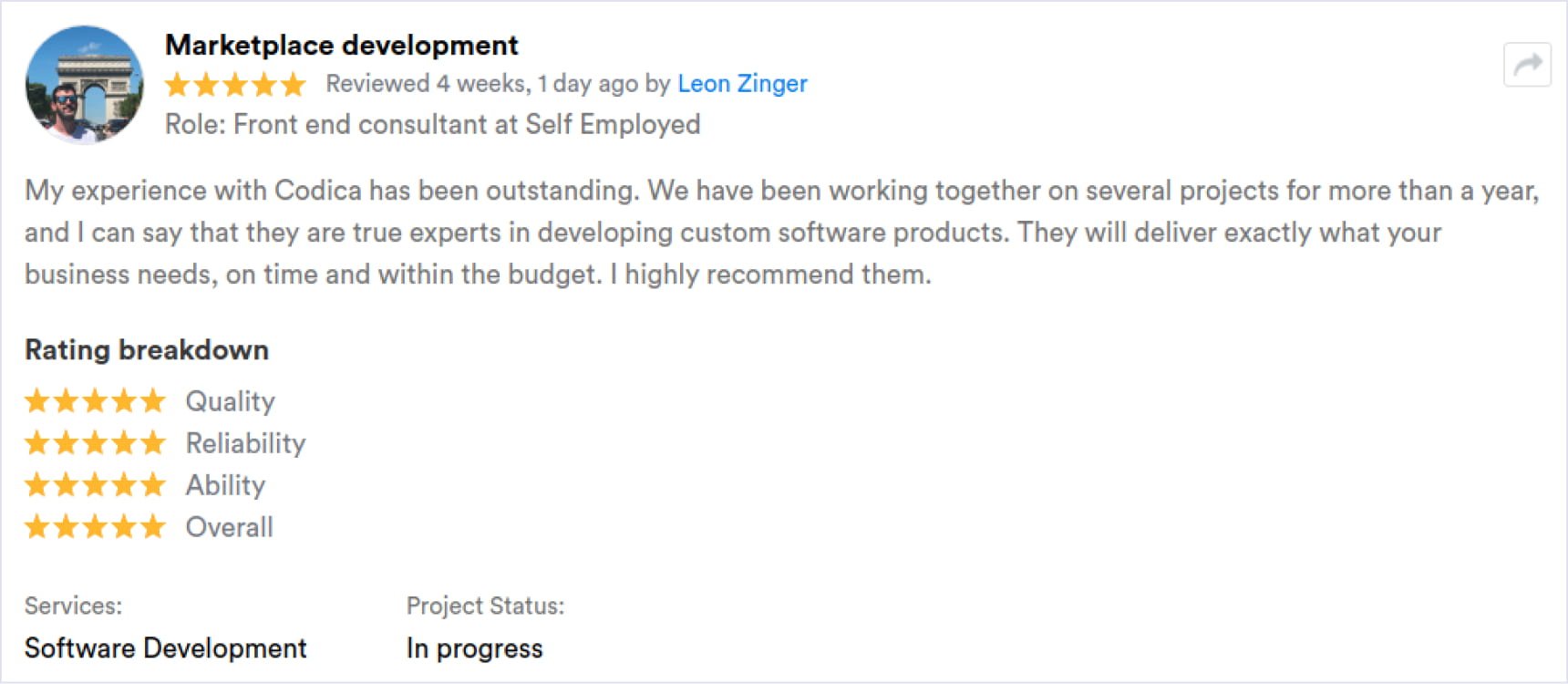
Besides, both websites publish lists of top web agencies, including the best marketplace and custom software development companies.
Look through the following tips to make sure you have picked the right software house. Give preference to the company that covers most of them.
Expertise
Check if the development team has experience in creating products similar to yours, namely specializes in online marketplace development. The web agency should understand your business goals and the best industry practices.
Technology
Make sure that the company you have chosen focuses on a few technologies rather than trying to cover a great number of programming languages, frameworks, etc. Narrow focus means high expertise.
As for Codica, we specialize in Ruby and specifically Ruby on Rails as we believe it is a reliable, fast, and secure framework for building startups. With a great number of gems, the technology helps to save both time and money.
Methodology
It has already been mentioned that the agile methodology is more flexible, compared to the waterfall model. The whole development process is divided into short terms or sprints, thus making it easier to control the process. Besides, you can see the results after each sprint.
The waterfall project management method will surely meet your requirements if you have a small marketplace project.
Opt for the methodology that suits you better, as it also defines both your project success and communication with the development team.
Portfolio
Most web agencies publish their portfolios on various platforms, such as Behance and Dribbble. So, you can easily view case studies and choose the software house that will surely deliver you a user-friendly and convenient product.
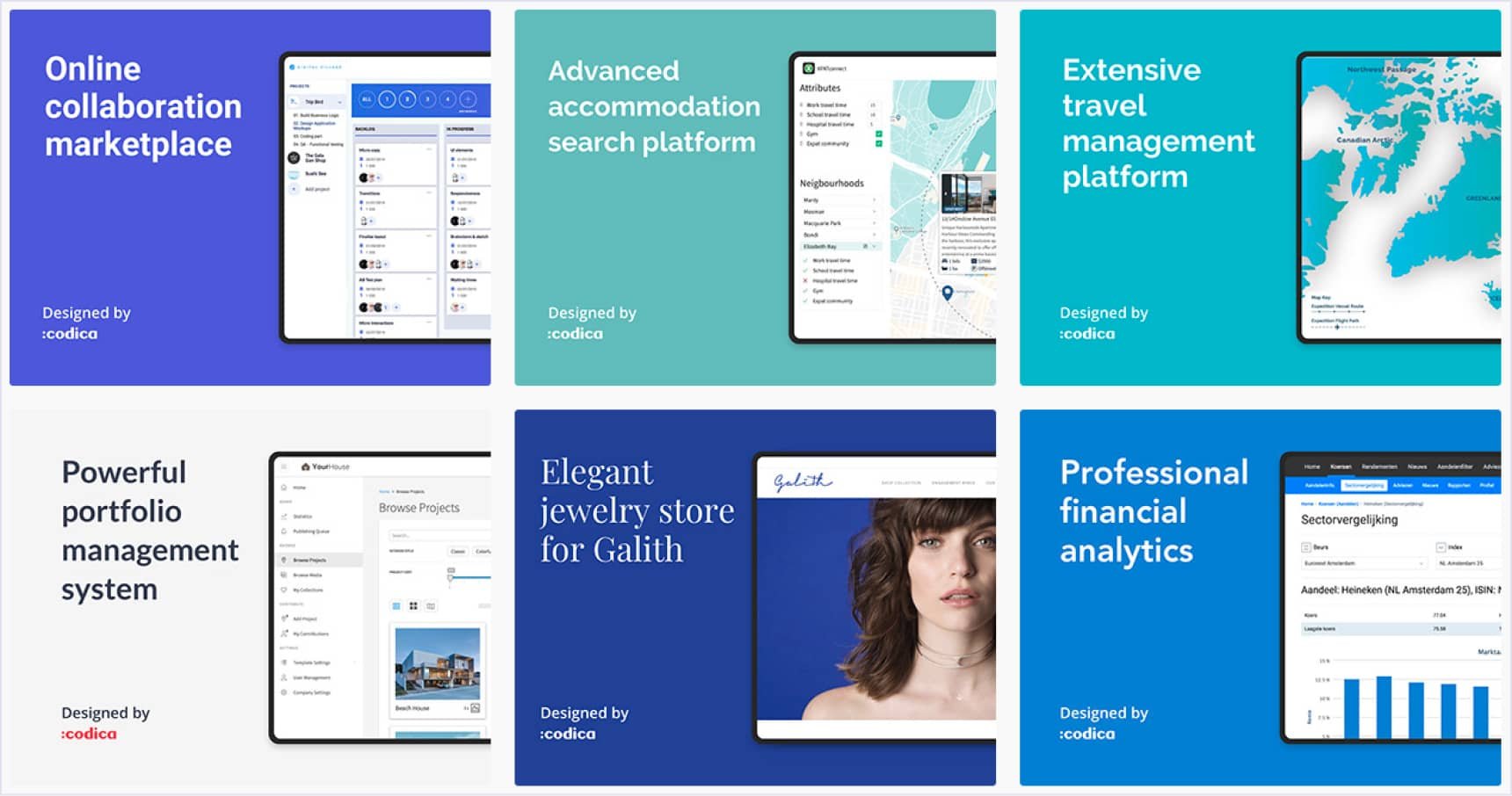
Further reading: Online Marketplace Design: Why UI/UX Matters.
Support
Before starting collaboration, make sure that a software house offers further maintenance of your product. It doesn’t save money in the short run but will reduce support costs in the future.
Have a great idea of a marketplace? Let’s get in touch to discuss the details.
Summary
If you have decided to build an online marketplace, you should keep in mind that it is not as easy as it seems.
In the article, we have discussed the main tips that will help you decrease the cost of building a marketplace website when your business is just starting:
- Focus on one or a few particular niches.
- Create an MVP to quickly deliver your product.
- Choose the proper website development technology.
- Select the right project management approach.
- Hire a team of software professionals.
And remember that building a marketplace website you should think both short- and long-term. As Warren Buffett says, “Get rich slow”.
If you are looking for a company that will help you create a mobile-friendly and fast-loading online marketplace that end-users will love, we are happy to help you. Contact us to discuss your project and to get a free quote.
